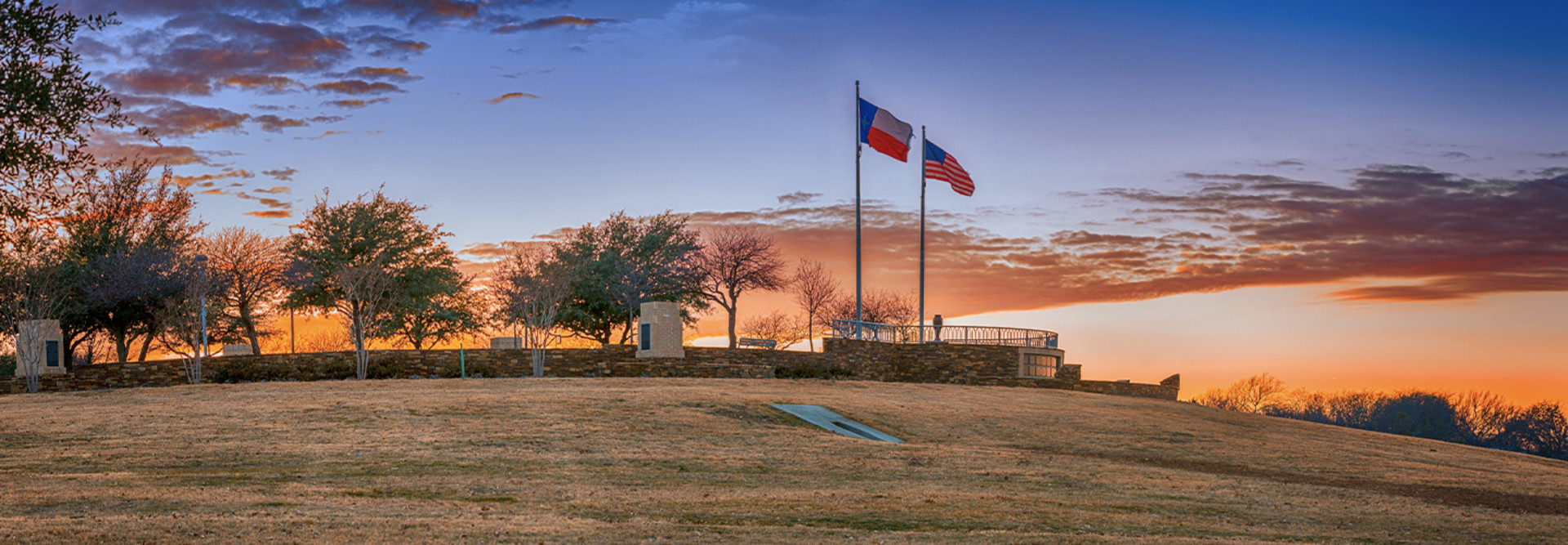STATETECH: How do changing organizational demographics within the workplace affect expectations of service delivery and levels of communication?
COOLEY: We rolled out Microsoft Teams right at the beginning of the pandemic in March 2020, not because of COVID-19 but because we had been planning to implement it as a service delivery for our staff. We have to innovate the way we think internally with our staff if we want to retain and attract new staff, especially when you deal with staff in IT and geographic information systems. We have to always be implementing new things and evolving to make sure we can attract those new people.
STATETECH: What’s your process as a local government for vetting new technology?
COOLEY: The first step is talking to me and letting me know what the technology looks like — sometimes a short demo of what the application is and an initial information exchange. On the next round of questioning, I would bring in department directors who would be directly affected by the new technology. They might ask, ‘What are the interfaces that we need to use? What do we have to provide for the technology to run well?’ If there are things that we aren't happy with, or capabilities that are against what we would use or not, things that we would not want on our system or servers, that's when we would probably part ways and go find something else. If, as we go through this process, things continue to check off and it works for us, then we continue until we start to talk about procuring a service. We go through a stringent process of screening things out before we pay for an app to implement it.
DISCOVER: The current landscape for AI in state and local government.
STATETECH: What are some IT challenges you encounter in your role in a municipal government compared with what a CIO in state or federal government might face?
COOLEY: Something that was shared throughout Smart Cities Connect at a municipal, state and local level was that we haven't wrapped our heads around the proper way or the quickest way to procure emerging technology. Because we are using public funds, we must abide by state procurement law. This is sometimes a time-consuming but necessary process. We need innovative ways to use partnerships with other cities and governmental entities for quick procurement of technology.
STATETECH: What projects are you most excited about right now in your role as chief innovation officer in Frisco, Texas?
COOLEY: Drones, I think. Anything with robotics, and then getting the augmented reality initiative out the door. If I can get augmented reality done toward the end of the year and in the first quarter, that would excite me.
STATETECH: What are your top goals for the future? What milestones do you expect to achieve?
COOLEY: We know that we have all the pieces together here in Frisco, whether that’s inventors, venture capitalists, developers and the Frisco Economic Development Corp. as a partner. In 2023, I want to work closely with the EDC and flesh out this innovation ecosystem. Creating a roadmap for innovation will help us develop a game plan and strategy for pursuing the right type of technology for Frisco and will guide us in how we should invest our time and resources to address the needs of the city.












